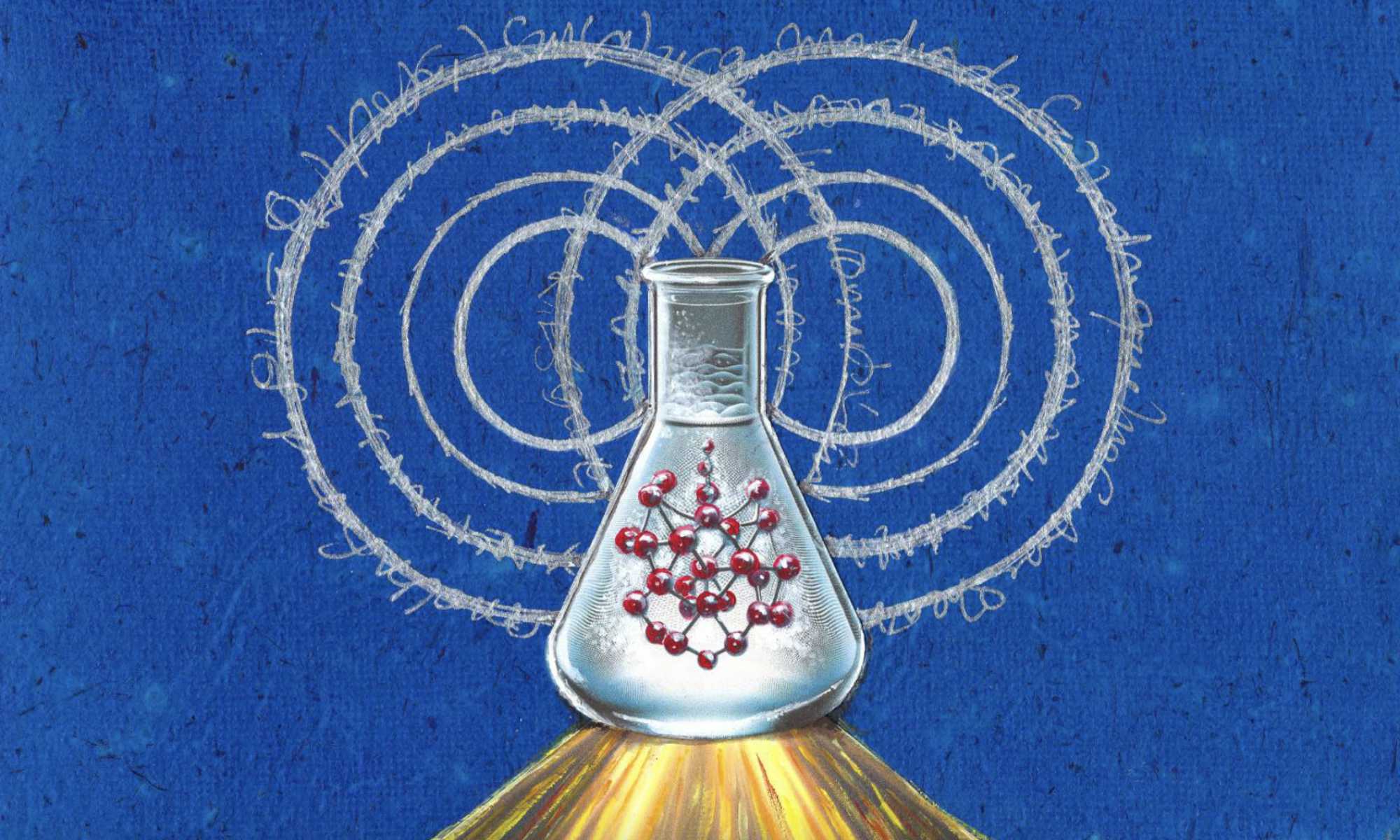
New strategy reveals ‘full chemical complexity’ of quantum decoherence
The findings can be used to design molecules with custom quantum coherence properties, laying the chemical foundation for emerging quantum technologies.
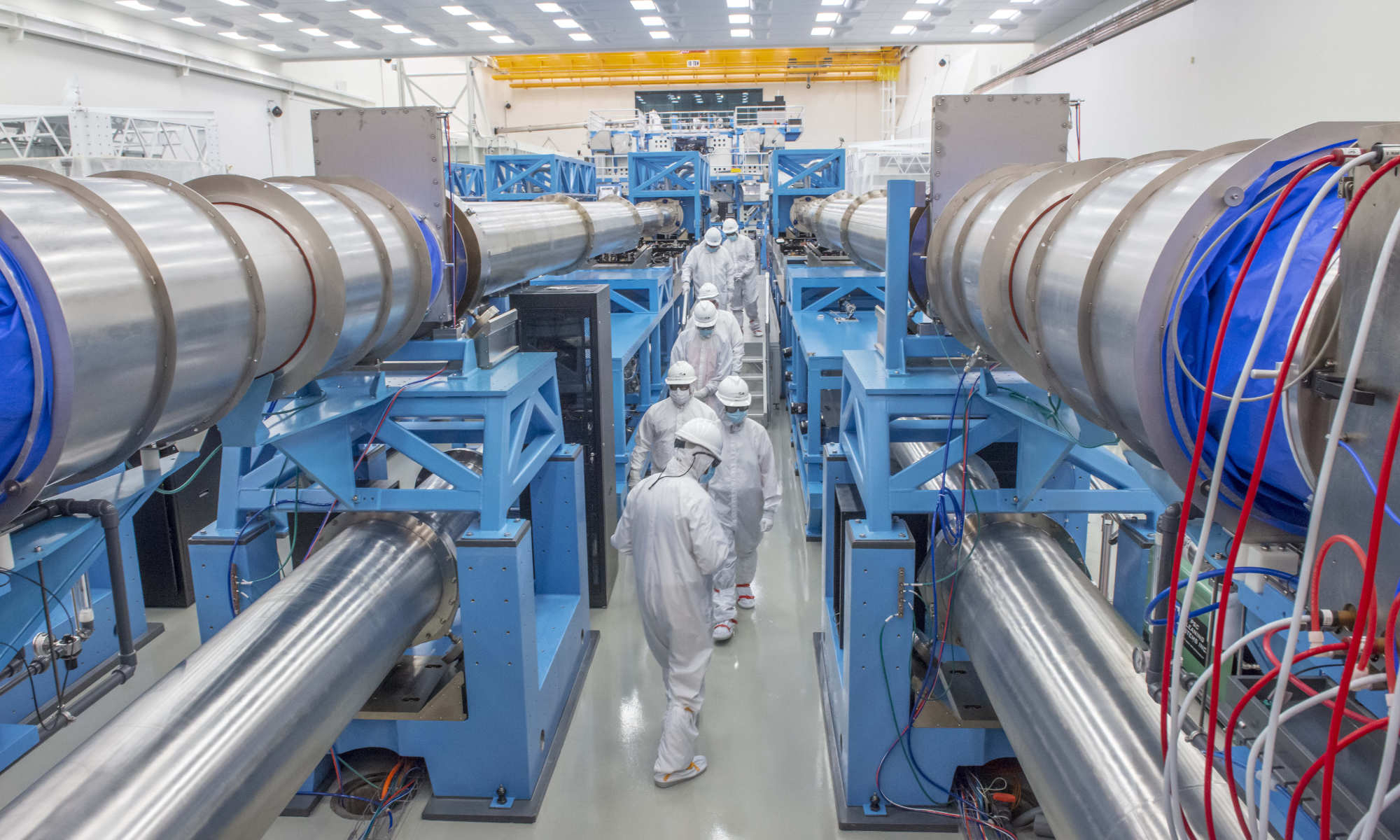
National Nuclear Security Administration awards record funding for Laser Lab
The new cooperative agreement between NNSA and the University builds on the laboratory’s significant scientific productivity and contributions to national security efforts.
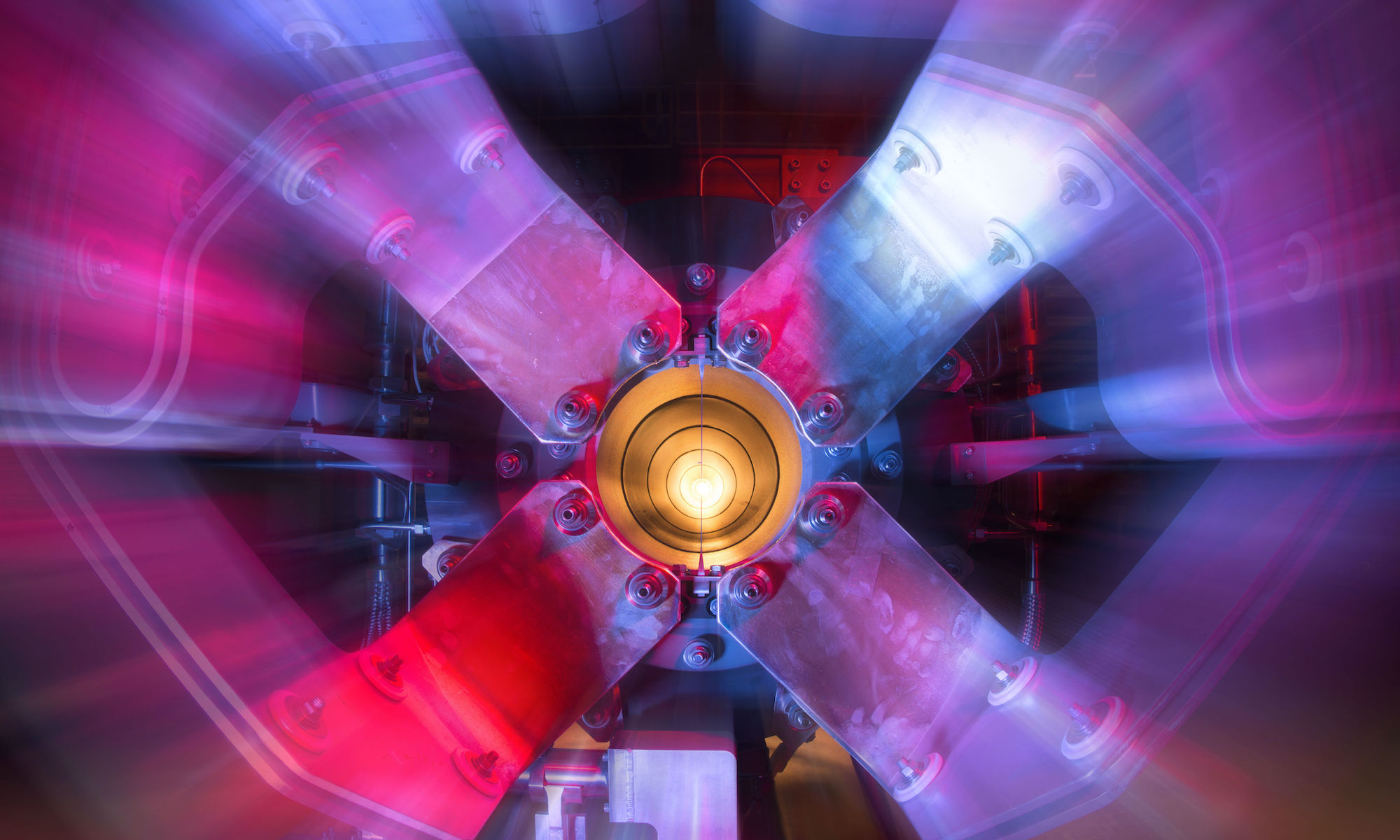
Rochester research with ‘ghostly’ neutrinos among Physics World’s breakthroughs of the year
Led by researchers from the University of Rochester, scientists from the international collaboration MINERvA have, for the first time, used a beam of hard-to-detect neutrinos to investigate the structure of protons.
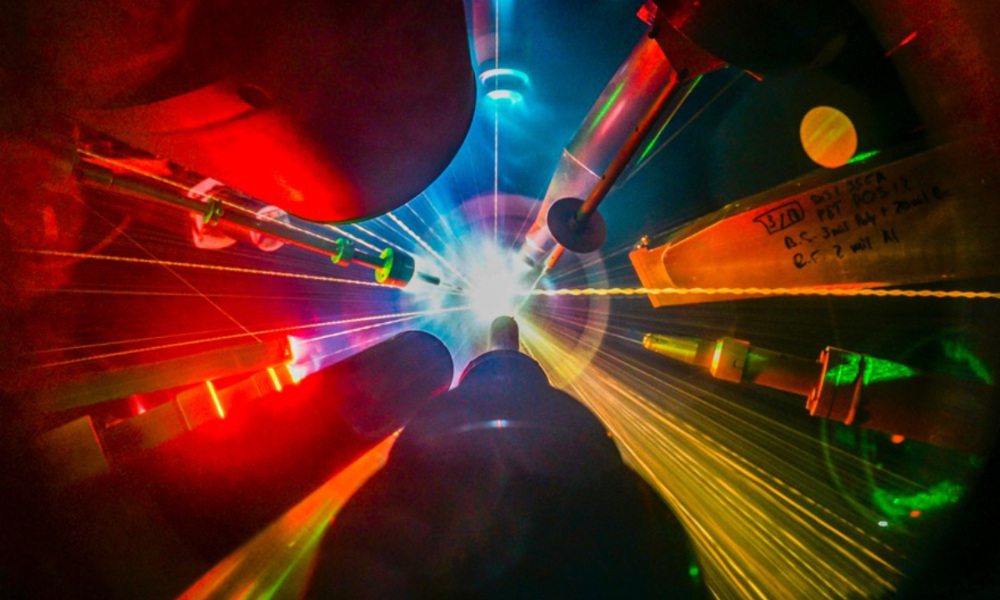
Rochester’s Laser Lab heads new national inertial fusion energy hub
Federal funding brings together experts to chart a viable path to realizing fusion energy as a clean power source.
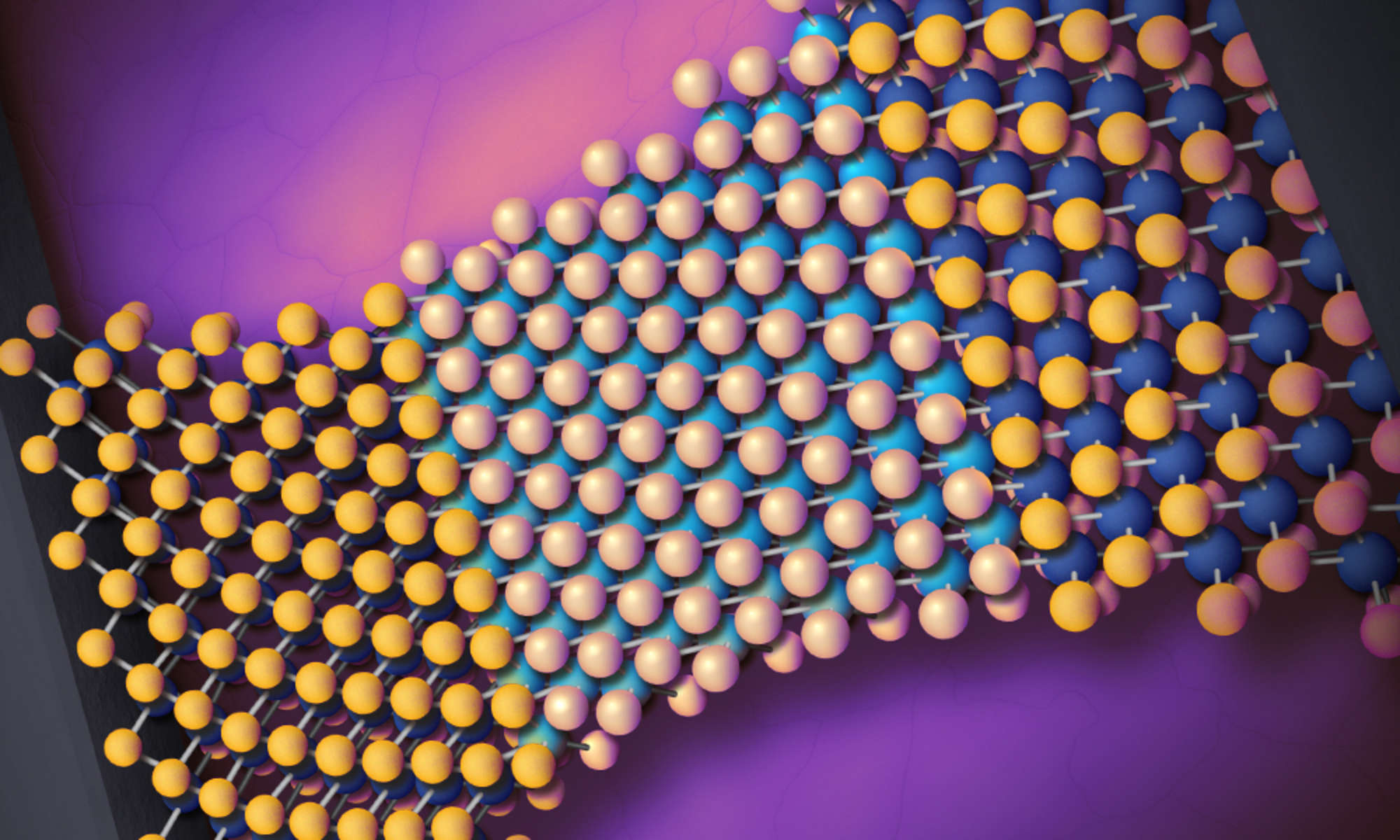
Straining memory leads to new computing possibilities
“We’ve combined the idea of a memristor and a phase-change device in a way that can go beyond the limitations of either device,” says Stephen Wu, an assistant professor of electrical and computer engineering and of physics.

How do living things use meaningful information to survive?
A team from the Department of Physics and Astronomy has applied the theory of semantic information to a realistic model capturing attributes of living systems—and found the critical point where information matters for survival.
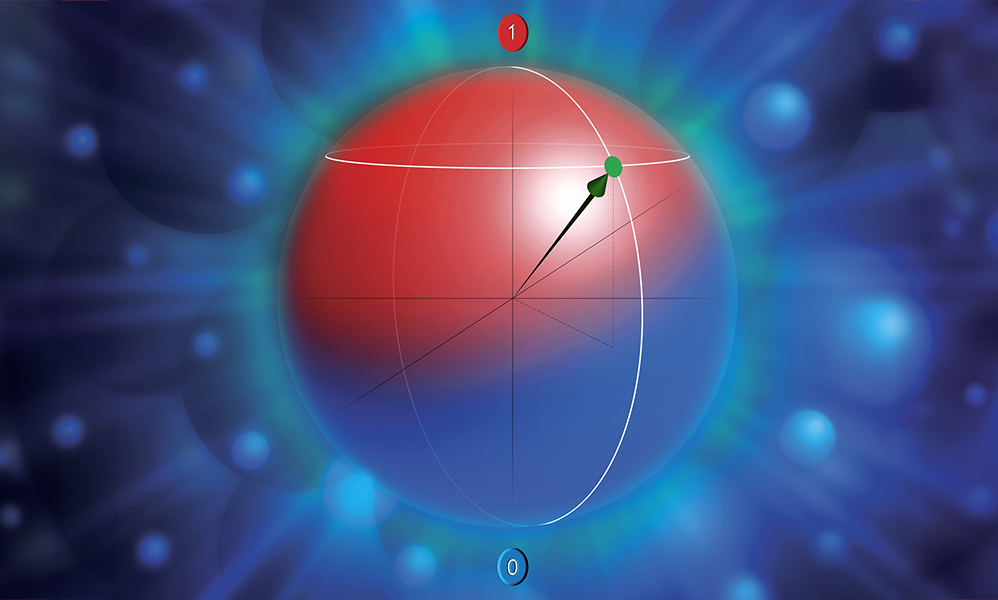
Qubit by qubit: Optimizing silicon for quantum computing
A team of researchers including John Nichol, an associate professor of physics, has won a grant from the US Air Force Office of Scientific Research to address challenges posed by silicon spin qubits.
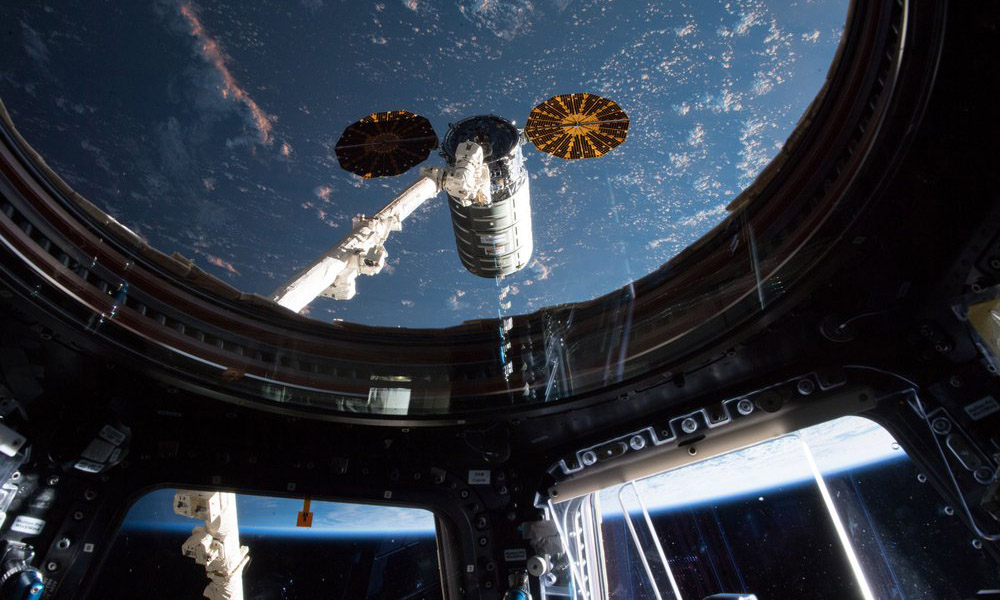
New tools will help study quantum chemistry aboard the International Space Station
Rochester Professor Nicholas Bigelow helped develop experiments conducted at NASA’s Cold Atom Lab to probe the fundamental nature of the world around us.
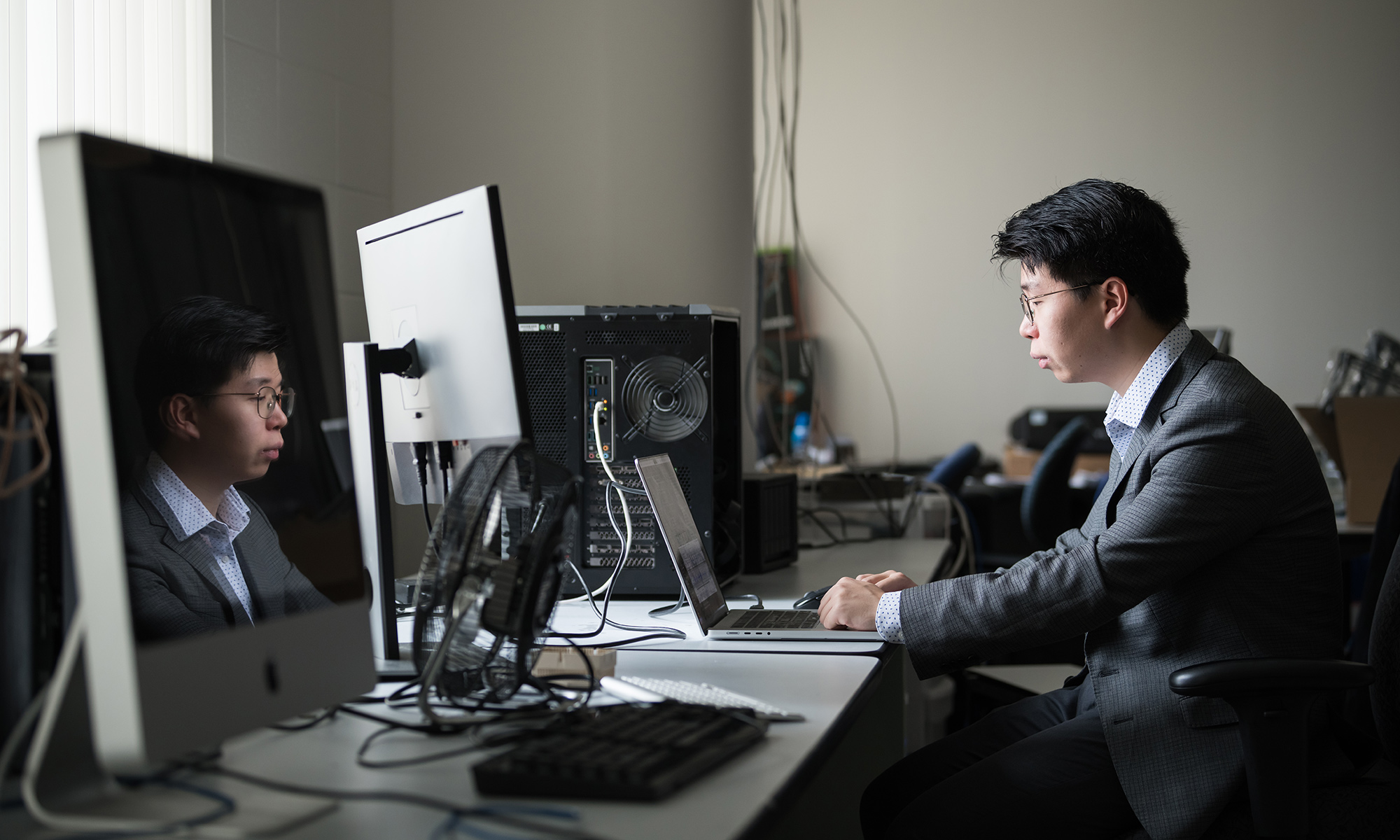
Audio deepfake detective developing new sleuthing techniques
A National Institute of Justice fellowship allows Rochester graduate student You “Neil” Zhang to develop novel defenses against deepfake scams.

Human brain’s ‘temporal scaffolding’ inspires new AI approaches
Applying a recent hypothesis about how the brain operates during sleep could improve the lifelong learning abilities of artificial intelligence.
